
Agrizap holds a patent covering a method of electrocuting rats and gophers. The product is sold under the trade name “Rat Zapper.” Woodstream (maker of the Victor rat trap) first licensed the product then began manufacturing its own version.
The jury found the patent nonobvious and held Woodstream liable for both infringement (and for fraud based on its actions during the license.) In a post-verdict decision, the district court granted JMOL of non-infringement.
On appeal, the CAFC (Judge Moore) zeroed-in on the question of obviousness:
“[A]s the ultimate conclusion of obviousness is a question of law, it remains our duty as the appellate court to ensure that the law has been correctly applied to the facts. . . . In other words, we review de novo the conclusion on obviousness . . . [keeping in mind] that ‘[t]he combination of familiar elements according to known methods is likely to be obvious when it does no more than yield predictable results.’” (Quoting KSR v. Teleflex, 127 S. Ct. 1727, 1739 (2007)).
Here, the CAFC found, as a matter of law, that Agrizap’s own commercial product (the “Gopher Zapper”) rendered the claimed invention obvious. The only difference between the two was the type of trigger mechanism, and the Rat Zapper’s claimed electrical switch was already well known in the cattle-prod art.
Secondary Considerations: When faced with a mere combination of familiar elements, even strong secondary evidence of nonobvious will not save the application. Here, Judge Moore took as true “the commercial success of the Rat Zapper, copying by Woodstream, and a long felt need in the market for electronic rat traps.” However, that evidence is “insufficient to overcome the overwhelming strength of Woodstream’s prima facie case of obviousness.”
Notes:
- Judges Bryson, Moore, and Wolle (S.D.Iowa).
- This case should be contrasted with Ortho-Mcneil v. Mylan , also decided this week. (Judges Michel, Rader, and Linn).
- Perhaps a strategic misstep by Agrizap?: During prosecution, the PTO made the identical argument as that made by Judge Moore. The only difference was that the PTO examiner rejected the Rat Zapper patent application based on the “Gopher Zapper” patent instead of the commercial product. Instead of arguing around the asserted reference, Agrizap amended inventorship and filed a terminal disclaimer. This left the Examiner’s rejection glaringly un rebutted when it turned out that the commercial embodiment (102(b) prior art) could not be swept away so easily. [See Patently-O discussion of whether to file a 131 declaration or argue over a reference.]
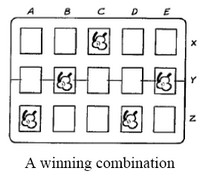 Aristocrat Technologies Australia (ATA) v. International Gaming Technology (IGT) (2007-1419) (
Aristocrat Technologies Australia (ATA) v. International Gaming Technology (IGT) (2007-1419) ( Japanese Patents: Fordham’s new IPLJ blog wrestles with my question: “
Japanese Patents: Fordham’s new IPLJ blog wrestles with my question: “
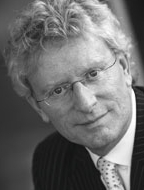 You are a European institution, the European Central Bank (ECB), and you seek the invalidation of what has been granted as a valid right by another European institution, the European Patent Office (EPO). The last weeks we got a taste of how The Great Patent Divide, the most un-European experience in patent law, has turned into Europe’s Patent Demise.
You are a European institution, the European Central Bank (ECB), and you seek the invalidation of what has been granted as a valid right by another European institution, the European Patent Office (EPO). The last weeks we got a taste of how The Great Patent Divide, the most un-European experience in patent law, has turned into Europe’s Patent Demise.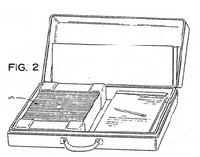 Computer Docking Station v. Dell (
Computer Docking Station v. Dell (
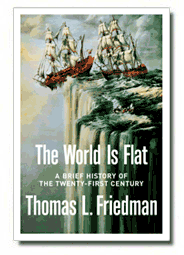 Most major companies are still trying to get their heads wrapped around the flat world concepts that Thomas Friedman presented in his 2005 bestseller. The reputational power of the internet is now driving many corporate balance sheets. The business issue: ensuring that the reputation is going right way. Certainly, this management may be a bit like herding cats: In less than five minutes, anyone with an internet connection and skills with a mouse can become an anonymous online publisher to the world without spending a dime. The impact of cheap worldwide distribution is multiplied by a seeming societal shift away from a desire for privacy, away from strong employee loyalty, and away from a respect for intellectual property in favor of free speech and free software.
Most major companies are still trying to get their heads wrapped around the flat world concepts that Thomas Friedman presented in his 2005 bestseller. The reputational power of the internet is now driving many corporate balance sheets. The business issue: ensuring that the reputation is going right way. Certainly, this management may be a bit like herding cats: In less than five minutes, anyone with an internet connection and skills with a mouse can become an anonymous online publisher to the world without spending a dime. The impact of cheap worldwide distribution is multiplied by a seeming societal shift away from a desire for privacy, away from strong employee loyalty, and away from a respect for intellectual property in favor of free speech and free software. 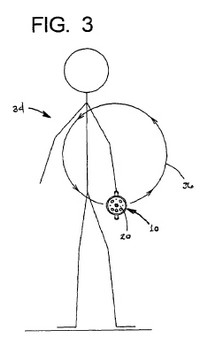 A G Design v. Trainman Lantern (
A G Design v. Trainman Lantern ( Oakley recently sued Fox, Marvel, and others for infringement of its design sunglasses design patent No. D470,166. According to the complaint, the movie industry has knocked-off Oakley’s design to promote Silver Surfer DVDs.
Oakley recently sued Fox, Marvel, and others for infringement of its design sunglasses design patent No. D470,166. According to the complaint, the movie industry has knocked-off Oakley’s design to promote Silver Surfer DVDs. 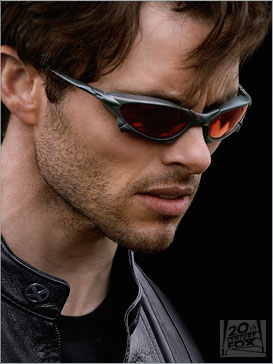 Apparently, Mardsen wore genuine Oakley in his role as Cyclops. What damages if they had been fakes?
Apparently, Mardsen wore genuine Oakley in his role as Cyclops. What damages if they had been fakes? 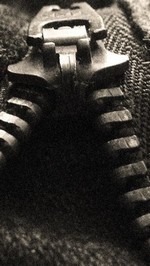 The comments to my recent post on the First-to-File legislation raised several important issues that need some unpacking.
The comments to my recent post on the First-to-File legislation raised several important issues that need some unpacking.  When you try to help, you actually harm: One of our European readers commented that the American grace period is essentially a subsidy to the rest of the world. According to the story, the grace period lulls American inventors into disclosing prior to filing for protection. Those inventors can still pursue US patent applications, but will be unable to obtain patents elsewhere. The quote: “Thank goodness USA perseveres with the grace period. Otherwise ROW really would be dominated by US IPR.”
When you try to help, you actually harm: One of our European readers commented that the American grace period is essentially a subsidy to the rest of the world. According to the story, the grace period lulls American inventors into disclosing prior to filing for protection. Those inventors can still pursue US patent applications, but will be unable to obtain patents elsewhere. The quote: “Thank goodness USA perseveres with the grace period. Otherwise ROW really would be dominated by US IPR.” A Sad Comment on Comments: Reader comments are very useful in providing additional analysis; anecdotes; pointing out my own biases and typos; etc. However, I want to keep this blog on the topic of patent law — not random constitutional and gun control theory; not clothing choices of other readers; no defamation; and not personal attacks against other posters.
A Sad Comment on Comments: Reader comments are very useful in providing additional analysis; anecdotes; pointing out my own biases and typos; etc. However, I want to keep this blog on the topic of patent law — not random constitutional and gun control theory; not clothing choices of other readers; no defamation; and not personal attacks against other posters.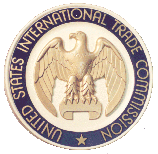 Amgen v. ITC and Roche Diagnostics (
Amgen v. ITC and Roche Diagnostics (